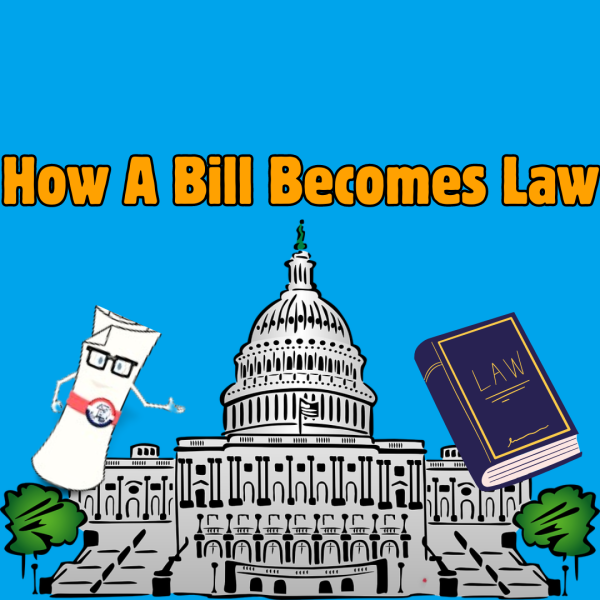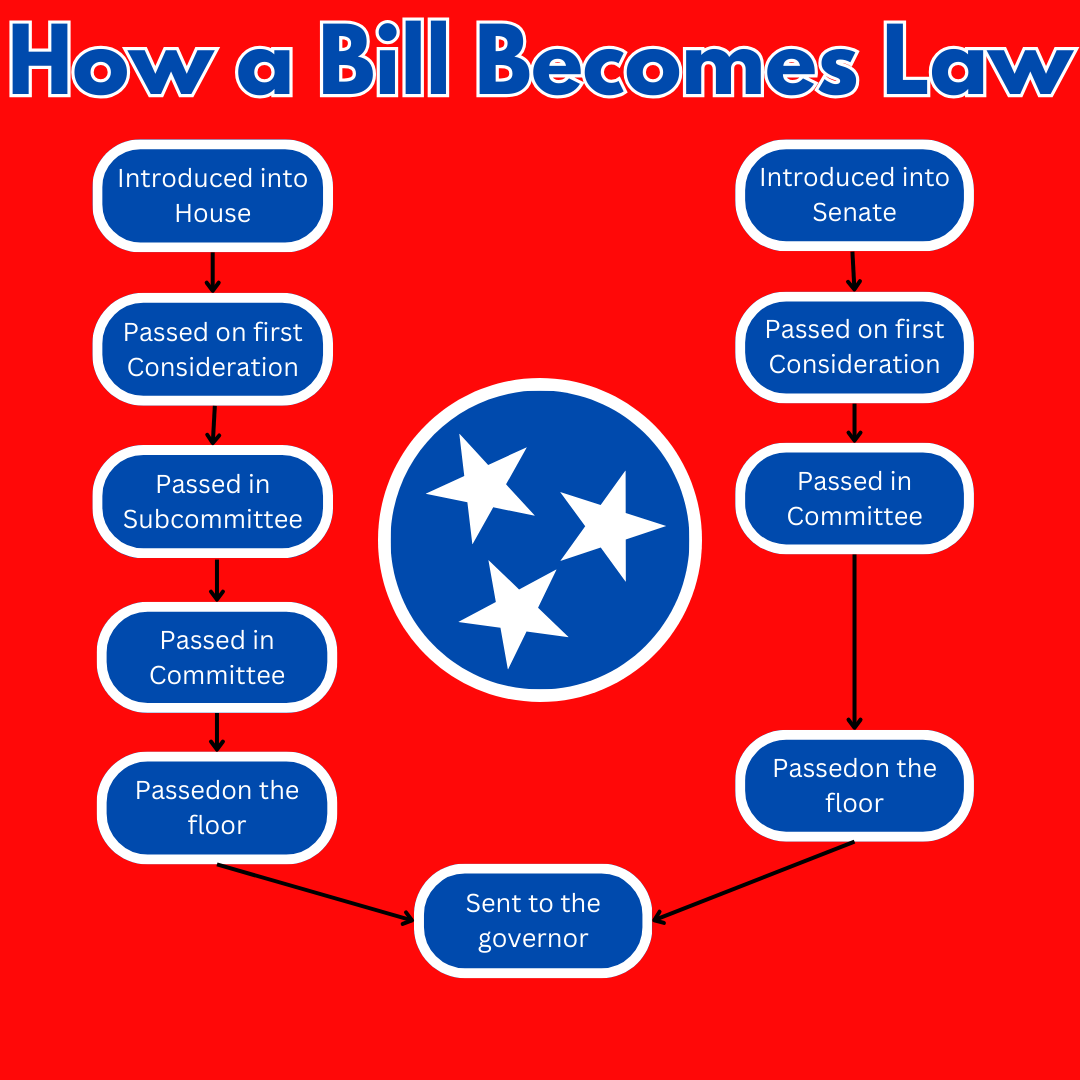 Keeping track of what our lawmakers are doing is incredibly important. The problem is it can be dizzying for many to understand what everything means. What is a committee vs. a subcommittee, what is tabling a bill, and how does a bill become law. Luckily this guide can provide info on all those things and more.
Keeping track of what our lawmakers are doing is incredibly important. The problem is it can be dizzying for many to understand what everything means. What is a committee vs. a subcommittee, what is tabling a bill, and how does a bill become law. Luckily this guide can provide info on all those things and more.
 Step 1: Introduction
Step 1: Introduction
First a lawmaker will submit their bill to the chief clerk of the House or Senate. This person will read the bill and ensure it follow the rules and will then number it. They will then distribute a copy of the bill to the other lawmakers. Each bill has what’s called a companion bill in the other component. For example, a bill in the senate would have a companion bill in the house and vice versa.
Step 2: First Consideration
According to state law all bills must be considered 3 times before it can be signed into law. The first time it is heard its call being passed on 1st consideration. A lawmaker (typically the majority leader) will make a motion to pass the bill on first consideration if there are no objections it will pass with no vote, this happens in the vast majority of cases. One it passes it will be assigned to a committee/subcommittee based on what the topic is.
Step 3: Second Consideration
Here things differ slightly between the House of Representatives and Senate. In the House the bill is sent to a subcommittee based on the topic. These subcommittees each have a specific role like corrections, K-12 education, cities & counties. There a motion must be made to hear the bill and there must be a second meaning two people on the subcommittee need to approve hearing the bill. Then the bill will be presented, and the subcommittee can vote on it. If it passes subcommittee it goes to the respective committee, committees have a broader topic and have more members, for example the K-12 subcommittee is a part of the education administration committee. The procedure for committee is identical to subcommittee. Once it passes in committee it will be sent to the Calendar & Rules committee to be placed on the calendar.
The senate operates nearly the same although they do not have subcommittees so the bill will go straight to committee.
Step 4: Third Consideration
The third and final time it is considered it will be heard by the entire House or Senate on the floor. All the members have a chance to debate and vote on the bill. Once it passes one of the components (House or Senate) it will be engrossed by the chief engrossing clerk (retyped to include any amendments). Once it is engrossed it will wait for it’s companion bill to be passed.
Step 5: Sent to the Govenor
Once a bill has passed it will be sent to the Govenor where they can do one of two things. They can sign the bill or veto the bill. If it is signed it officially becomes law. If it is vetoed it the legislature can vote to override that veto. The governor can also modify funding for the bill. If the bill is not signed within ten days the bill will become law without the governor’s signature.
Other Things to Note
In addition to knowing how a bill becomes law there is also some other procedures and terms that are common.
Seconding a Motion
Most motions require what’s called a second. Essentially when someone makes a motion someone can say seconded. If no one seconds a motion it will fail before being voted on. Bills also require a second to be heard in committee.
Tabling A Bill
Tabling a bill is when the bill is taken off the docket. Effectively this is the same as failing a bill and is typically done before a bill can be debated on. Anyone can make a motion to table a bill and it will take effect if they receive a second and majority vote.
Taking a Bill Off Notice
Taking a bill off notice is very similar to tabling a bill but it is temporary and can be placed back on notice.







